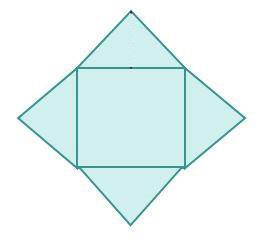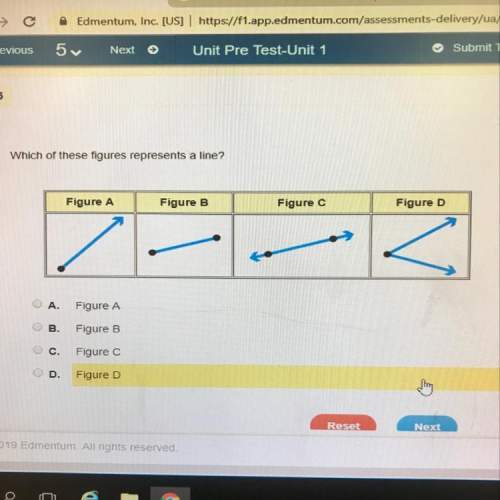
Mathematics, 27.04.2020 02:09 jessnolonger
Among various populations of plants or animals diseases spread exponentially use the function y=325(1-e^-0.15t) tomorrow the spread of the potentially lethal Newcastle disease among a flock of 325 turkeys on a turkey farm with the equal to the number of days since the first case of the disease how many birds will be infected with Newcastle disease after seven days

Answers: 3


Other questions on the subject: Mathematics

Mathematics, 21.06.2019 14:50, michelerin9486
Which best describes the strength of the correlation, and what is true about the causation between the variables? it is a weak negative correlation, and it is not likely causal. it is a weak negative correlation, and it is likely causal. it is a strong negative correlation, and it is not likely causal. it is a strong negative correlation, and it is likely causal.
Answers: 1

Mathematics, 21.06.2019 15:40, sabrinachambers444
Use the discriminant to describe the roots of each equation. then select the best description. 2m2 + 3 = m double root real and rational roots real and irrational roots non-real roots
Answers: 2

Mathematics, 21.06.2019 18:30, jacksonhoyt8049
Can someone me do math because i am having a breakdown rn because i don’t get it
Answers: 1

Mathematics, 21.06.2019 18:40, Jimenezmiranda
Airplane speeds are measured in three different ways: (1) indicated speed, (2) true speed, and (3) ground speed. the indicated airspeed is the airspeed given by an instrument called an airspeed indicator. a plane’s indicated airspeed is different from its true airspeed because the indicator is affected by temperature changes and different altitudes of air pressure. the true airspeed is the speed of the airplane relative to the wind. ground speed is the speed of the airplane relative to the ground. for example, a plane flying at a true airspeed of 150 knots into a headwind of 25 knots will have a ground speed of 125 knots. the problems below refer to static and dynamic pressure. static pressure is used when a body is in motion or at rest at a constant speed and direction. dynamic pressure is used when a body in motion changes speed or direction or both. a gauge compares these pressures, giving pilots an indicated airspeed. in problem #s 1 and 2, use the following information. the indicated airspeed s (in knots) of an airplane is given by an airspeed indicator that measures the difference p (in inches of mercury) between the static and dynamic pressures. the relationship between s and p can be modeled by s=136.4p√+4.5. 1. find the differential pressure when the indicated airspeed is 157 knots. 2. find the change in the differential pressure of an airplane that was traveling at 218 knots and slowed down to195 knots. in problem #s 3 and 4, use the following information. the true airspeed t (in knots) of an airplane can be modeled by t=(1+a50,000) ⋅ s, where a is the altitude (in feet) and s is the indicated airspeed (in knots). 3. write the equation for true airspeed t in terms of altitude and differential pressure p. 4. a plane is flying with a true airspeed of 280 knots at an altitude of 20,000 feet. estimate the differential pressure. explain why you think your estimate is correct.
Answers: 2
You know the right answer?
Among various populations of plants or animals diseases spread exponentially use the function y=325(...
Questions in other subjects:



French, 27.11.2019 18:31



Mathematics, 27.11.2019 18:31




Mathematics, 27.11.2019 18:31





